Imagine a technology that could tell Olympic boxing champion Nicola Adams which tactics to use to ensure win at every fight at Rio 2016. Imagine another technology that can help German sailor Philipp Buhl to predict, almost accurately, the current strength and direction as he whips his boat along Guanabara Bay at Rio.
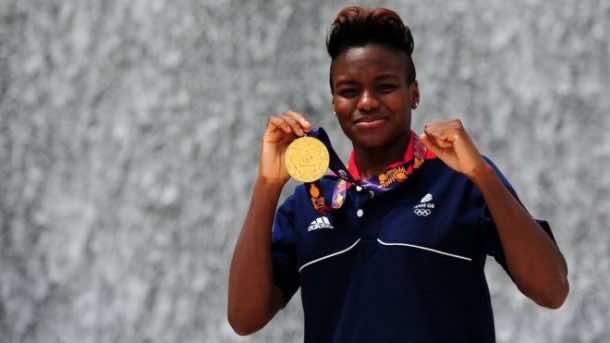
What we are trying to say here is that technology in general and data analytics in particular can help athletes win big at any sporting competition.
“Real-time data analytics may not seem like a big leap from an innovation point of view, but it has the potential to enable yet more records to be broken in 2016,” says Dr Helen Meese, HoD at the Institution of Mechanical Engineers- IME.
Fighting Fit:
Boxers in team GB have used the “iBoxer” program to make use of data analytics. “iBoxer” was developed in collaboration with Sheffield Hallam University. The system uses a plethora of databases on the teams’ members as well as their opponents. It shows various threat and opportunities for the fighter, making use of detailed fight analysis to make recommendations.
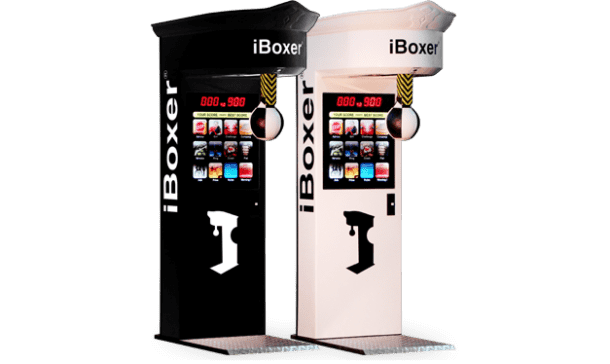
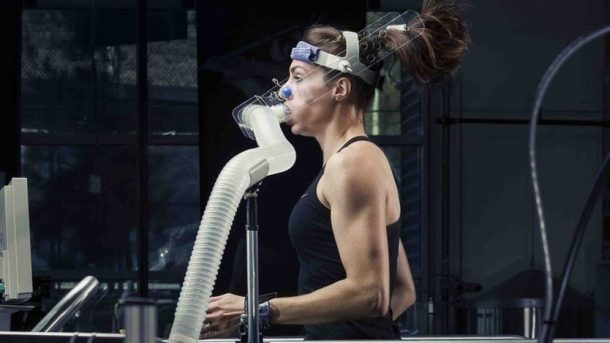
The Australian Institute of Sport (AIS) has developed a program that enables National Sporting Organisations of Australia to closely check about 2,000 athletes every week.
“In athlete groups where there is really high engagement with data entry, we have been able to provide coaches with advice on training loads that have seen a reduction in injury and illness,” says Nick Brown, DD Performance Science and Innovation at AIS. “The tech part of this solution is the database, smart data analytics, and in some cases, the use of wearable sensors to bring in training data.”
Augmented Reality and Cycling:
Sports are consistently moving in the direction of data-driven performance analysis. Let’s take cycling for example. Optimization of bikes by gear sets and bearings means less attention will be given to the mechanical aspects and focus has shifted to how will it all work in the field out there?

The track cyclists of Team USA have been investigating live data during their training session and making use of Solos’ augmented reality glasses. Bike sensors collect data, for example: pedal revolutions, speed and power. This data is then sent to cyclist’s AR glasses using IBM’s cloud platform. While cycling, the athletes can also view their stats displayed on the glasses simultaneously.

“With the ability for the athlete to receive real-time feedback via the Solos smart glasses, they can now adjust on the fly,” says Ernesto Martinez, Solos Director. “This real-time feedback and adjustment capability will enable faster riding times.”
Note: These AR glasses will not be allowed during the actual Games.
Team Effort:
Business software firm SAP and Sailing Team Germany (STG) came together in 2011 with the aim of revitalizing the nation’s participation in sports in the aftermath of Sydney 2000.
“The goal is to develop technology that helps the sailors train better, perform better and learn quicker,” says Marcus Baur, STG’s Technology head.
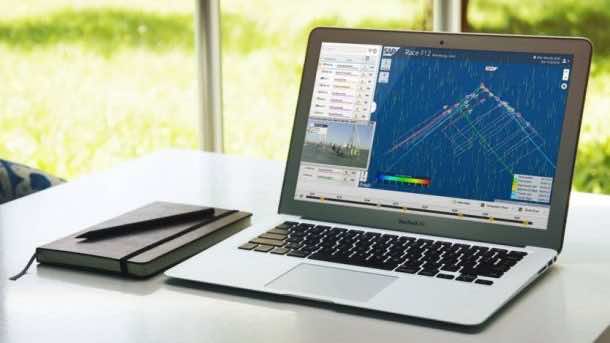
The major product of this technology is development of virtual models that makes use of real data and ever-changing weather, current and wind conditions to be analysed in detail.
“Rio’s Guanabara Bay is tidal, which creates a repetitive pattern which we can analyse and draw predictions from,” says Mr Baur. “We did more than 3,000 measurements of the Bay to build a tide model and we now have it available at the Olympics.”
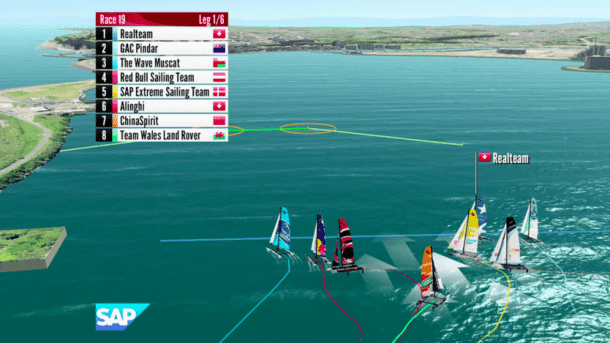
The athletes and their coaches need to put faith in these virtual models.
“In the final race at the World Championships in Spain in 2014 [German sailor, Philipp Buhl] had access to the information but the coach didn’t trust it – our tide model recommended for him to go in one direction and he went in the other direction and lost,” says Mr Baur. “Sailors will trust the model a lot more this time around.”
Paralympics– Above and Beyond:
Technology can also contribute towards Paralympics.
For example the aerospace company- BAE systems, worked with UK Sports on wheelchairs using different racing positions that increased the wheelchair acceleration by 20%.
Autodesk is a software company in US that has designed a 3D-printed polycarbonate prosthetic leg for Denise Schindler, the German para-cycling champion. This prosthetic leg gives more power output suited for Paralympics ’16.
“We’ve been able to create something that is much more lightweight and even more aerodynamic,” says Paul Sohi, Autodesk’s product designer.
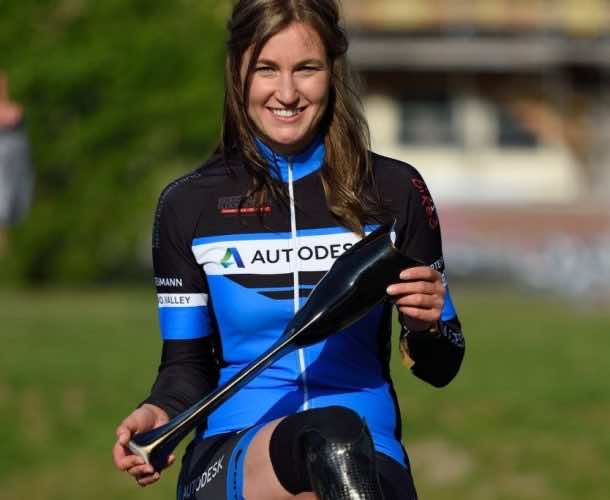
A question arises that does using best technologies give certain countries an unfair advantage, just because they can afford it? What about those who are not as rich? In wake of the doping scandals, it is obvious that athletes want a competitive edge over others. Therefore, it is up to the sporting organizations to determine how much tech is allowed and how much could be considered cheating.


